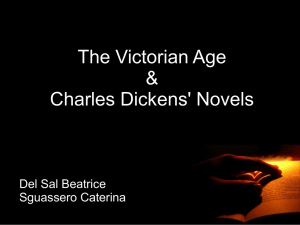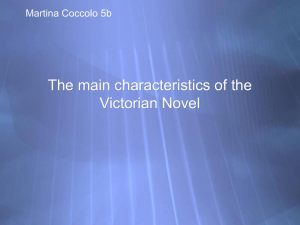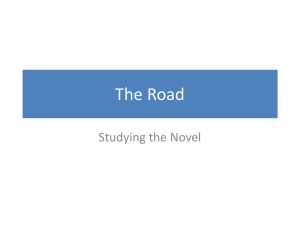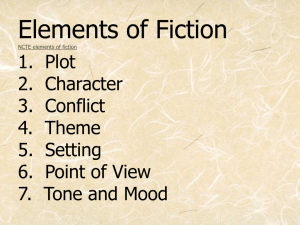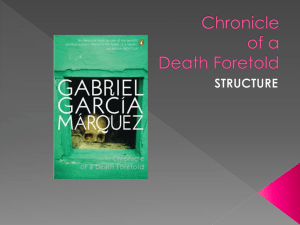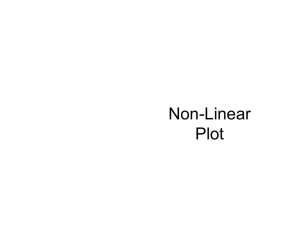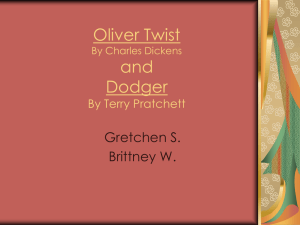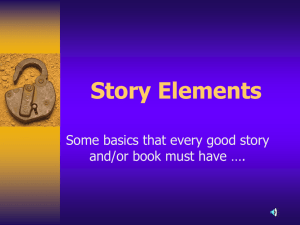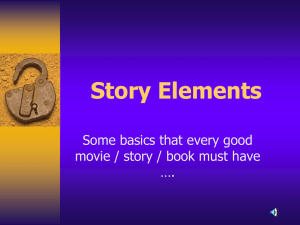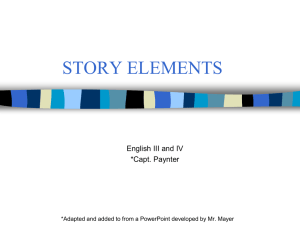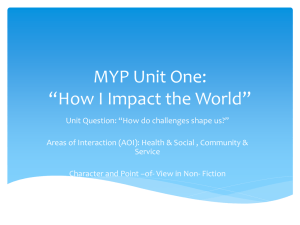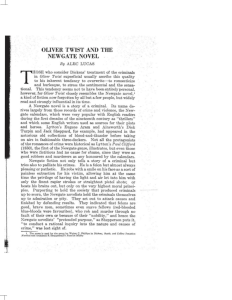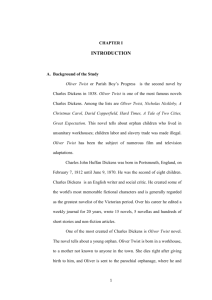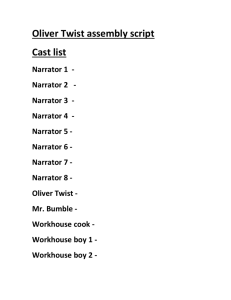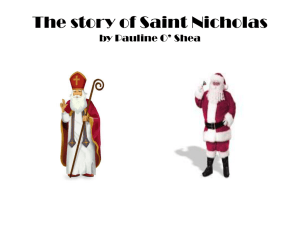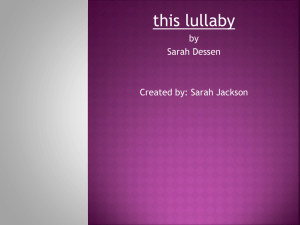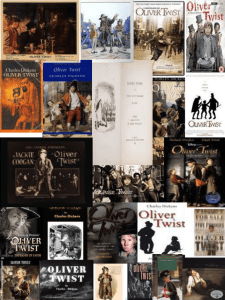PPT - marilena beltramini
advertisement
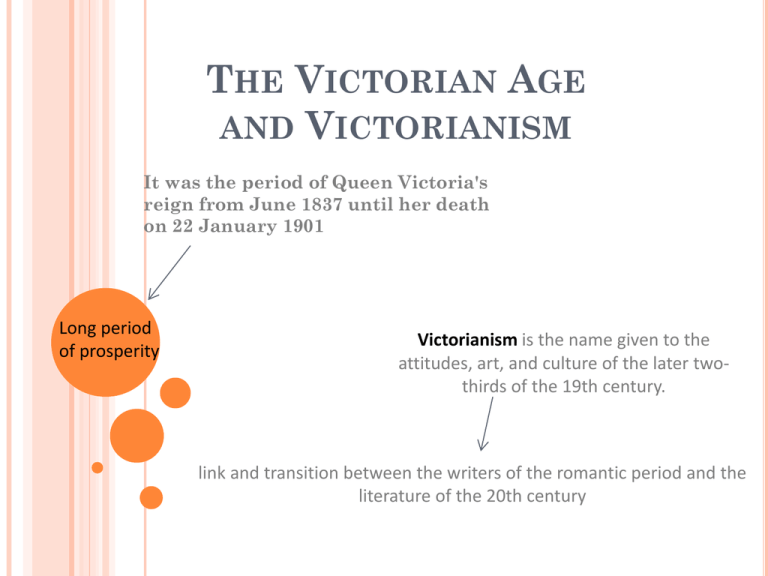
THE VICTORIAN AGE AND VICTORIANISM It was the period of Queen Victoria's reign from June 1837 until her death on 22 January 1901 Long period of prosperity Victorianism is the name given to the attitudes, art, and culture of the later twothirds of the 19th century. link and transition between the writers of the romantic period and the literature of the 20th century VICTORIAN LITERATURE •Linear concept of time • Third Person Omniscient intrusive narrator Tends to be idealized portraits of difficult lives in which hard work, perseverance, love and luck win out in the end Significant Victorian novelists and poets •Matthew Arnold •The Brontë sisters (Emily, Anne and Charlotte Brontë) •Christina Rossetti •Joseph Conrad •Robert Browning •Sir Arthur Conan Doyle •Charles Dickens THE VICTORIAN LITERATURE IN Oliver Twist Nicholas Nickleby Hard Times CHARLES DICKENS OLIVER TWIST Oliver Twist is the second novel by English author Charles Dickens Show the cruel treatment of many waif-child in London One of the first example of Social Novel For instance: we are going to consider an extract from the beginning of the book. (Oliver Twist asks for food a second time) Setting: dining hall of the workhouse (where Oliver Twist spent his childhood) Character: Oliver Twist and his companions, the master, Mr Bumble and Mr Limbkins) Narrator: Third person omniscient narrator, free indirect speech (The evening arrived; the boys took their places.); First person narrator, direct speech (“Please, sir” replied Oliver, “I want some more” NICHOLAS NICKLEBY It was Dickens' third novel Originally published as a serial from 1838 to 1839 The novel centers around the life and adventures of Nicholas Nickleby, a young man who must support his mother and sister after his father dies. His Uncle Ralph, who thinks Nicholas will never amount to anything, plays the role of an antagonist For instance: we are going to consider an extract from the beginning of the novel. ( Nicholas is ready for his first teaching day) Setting: School for Boys in Yorkshire, classroom Character: Mrs Squeers, the hungry servant, Nicholas and students Narrator: Third person omniscient narrator, free indirect speech (He could not but observe how silent and sad the boys all seemed to be.); First person narrator, direct speech (“So he is, to be sure,” rejoined Squeers. “We go upon the practical mode of teaching…” HARD TIMES It is the tenth novel by Charles Dickens It appraises English society and is aimed at highlighting the social and economic pressures of the times Strong criticism The Utilitarians were one of the targets of this novel For instance: we are going to consider an extract from the first book chapter 4. ( Introduction of Mr Bounderby) Setting: Description of a character without reference to places ; Drawing room of Stone Lodge Character: Mrs Grundy, Mr Bounderby, Mr and Mrs Gradgrind, the hungry servant, Nicholas and students Narrator: Third person omniscient narrator, free indirect speech (A year or two younger than his eminently practical friend, Mr Bounderby looked older;); First person narrator, direct speech (“No! As wet as a sop. A foot of water in it”, said Mr Bounderby. His way of talking is pompous and arrogant.
